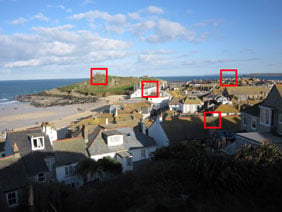Canon Digital IXUS 200 IS / PowerShot SD980 IS ELPH
-
-
Written by Gordon Laing
Canon IXUS 200 IS / SD980 IS vs IXUS 120 IS / SD940 IS vs Nikon COOLPIX S570 Real-life resolution
Canon IXUS 200 IS / PowerShot SD980 IS ELPH results: Real-life resolution / High ISO Noise
Canon IXUS 200 IS / SD980 IS |
Canon IXUS 120 IS / SD940 IS |
Nikon COOLPIX S570 | ||
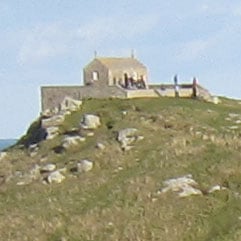 | 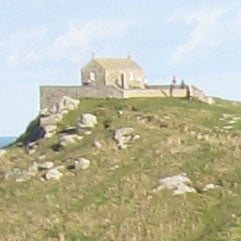 | 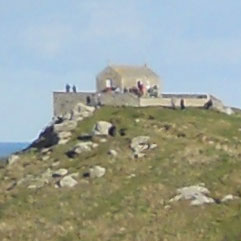 | ||
f4, 80 ISO |
f8, 80 ISO |
f5.4, 80 ISO | ||
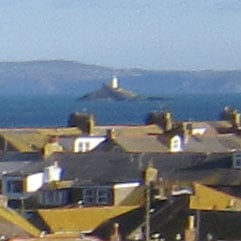 | 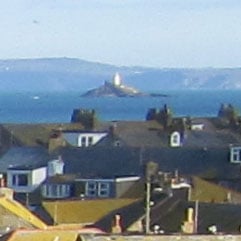 | 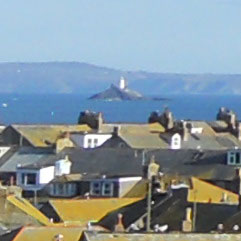 | ||
f4, 80 ISO |
f8, 80 ISO |
f5.4, 80 ISO | ||
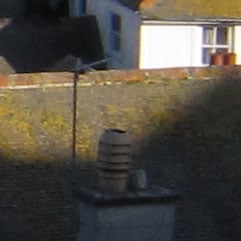 | 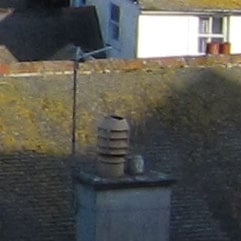 | 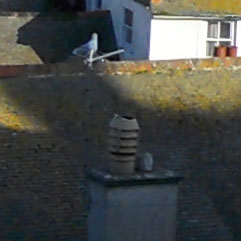 | ||
f4, 80 ISO |
f8, 80 ISO |
f5.4, 80 ISO | ||
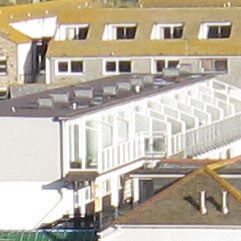 | 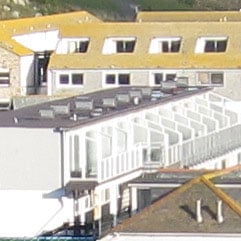 | 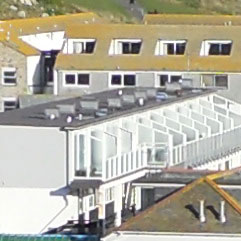 | ||
f4, 80 ISO |
f8, 80 ISO |
f5.4, 80 ISO | ||
To compare real-life performance we shot this scene with the Canon IXUS 200 IS / SD980 IS, the IXUS 120 IS / SD940 IS and the Nikon COOLPIX S570, within a few moments of each other using their best quality JPEG settings. The lenses on each camera were set to approximate the same field of view and each was set to Program or Auto mode with manual ISO override. The above image was taken with the Canon IXUS 200 IS / SD980 IS set to 80 ISO. The lens was set to 5.3mm and the evaluative metering selected an exposure of 1/500 at f4. The original 4000×3000 pixel image had a file size of 2.5MB. First, let’s look at the crops from the IXUS 200 IS / SD980 IS. Overall, the camera has made a great job of the exposure. This is quite a difficult subject with a wide tonal range from the shadow area in the foreground to the sun reflecting off the clouds and the white buildings. The IXUS 200 IS / SD 980 IS has done a good job of retaining detail throughout this range with a histogram that just touches the right edge. As well as maintaining the detail in the highlights and shadows the IXUS 200 IS / SD980 IS image looks nice and contrasty, which is an achievement. Now let’s look at the fine detail in the crops. Starting at the top, the crosses on the chapel roof and the rocks on the hillside in the foreground are sharp and well-defined. The lighthouse is a clearly defined white rectangle and you can even see a little detail in the cliffs behind it. The window frames in the houses in the foreground are a tiny bit soft, but well within what you’d expect for a crop taken from the edge of the frame. The crop from the centre of the frame containing the chimney and TV aerial is mostly in shadow, but the white house at the top of the crop, often a fringing hot-spot, shows no evidence of chromatic aberration. Finally, the apartment balconies taken from the centre of the frame are sharp and clearly defined. It’s all good, as hard as we’ve looked, we can’t find anything negative to say about the image quality of the IXUS 200 IS / SD980 IS. A tough act to follow then, but if you’ve looked at the crops you’ll already know that both the IXUS 120 IS / SD940 IS and the COOLPIX S570 are right up there with the IXUS 200 IS / SD980 IS when it comes to image quality. The IXUS 120 / SD940 image is a little less contrasty, but none the worse for it. Like the IXUS 200 IS / SD980 IS, it has made an excellent job of rendering fine image detail across the frame with only slight softening at the edges and no evidence of colour fringing. That’s not to say these cameras don’t suffer from chromatic aberration at all, just that it’s not present in this photo. It’s a similar story with the Nikon COOLPIX S570. The first crop looks to be a little soft compared with both Canon compacts – the crosses on the chapel roof aren’t so well defined, but the lighthouse and balcony crops are a little sharper. All these differences are marginal though, and, overall, there’s no compelling evidence that justifies placing any one of them ahead of the others. Now head over to our Canon IXUS 200 IS / SD980 IS Noise results to see how it compares in terms of high sensitivities. |
